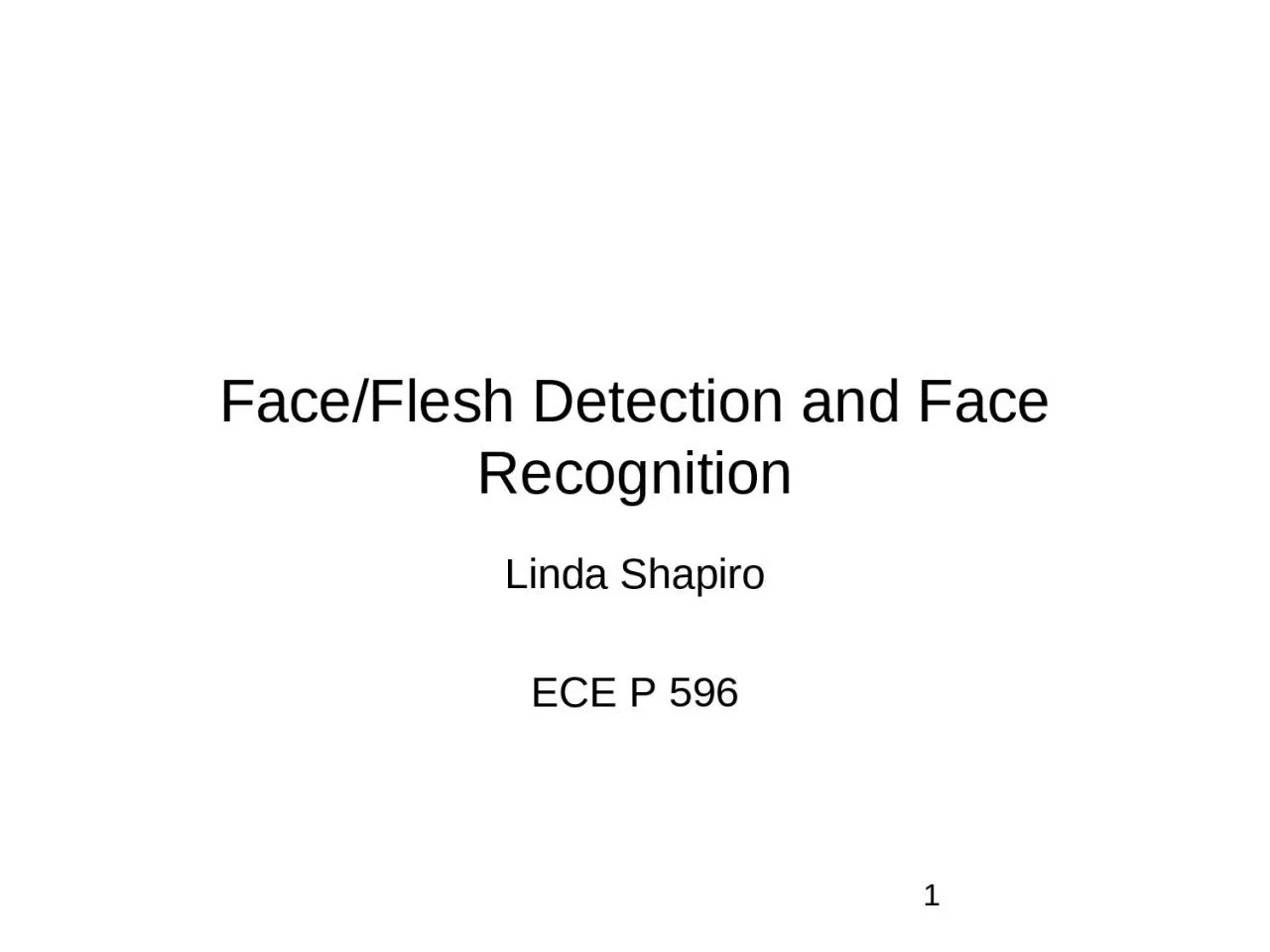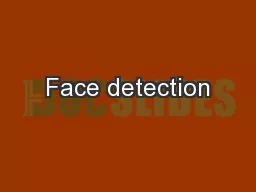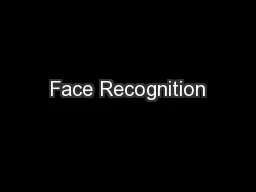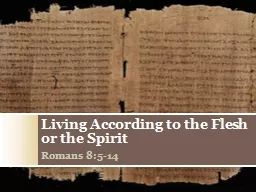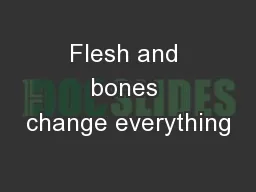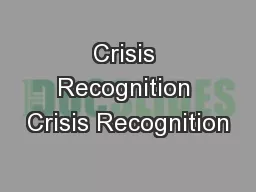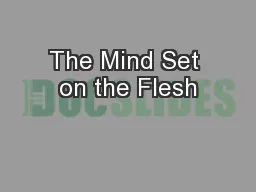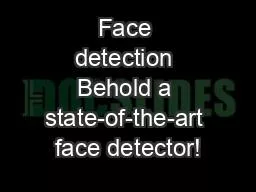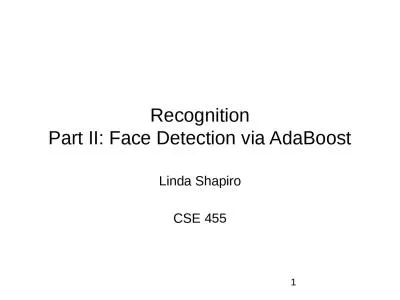PPT-Face/Flesh Detection and Face Recognition
Author : sophie | Published Date : 2023-06-23
Linda Shapiro ECE P 596 1 Whats Coming Review of Bakic flesh d etector Fleck and Forsyth flesh d etector Review of Rowley face d etector Overview of Viola Jones
Presentation Embed Code
Download Presentation
Download Presentation The PPT/PDF document "Face/Flesh Detection and Face Recognitio..." is the property of its rightful owner. Permission is granted to download and print the materials on this website for personal, non-commercial use only, and to display it on your personal computer provided you do not modify the materials and that you retain all copyright notices contained in the materials. By downloading content from our website, you accept the terms of this agreement.
Face/Flesh Detection and Face Recognition: Transcript
Download Rules Of Document
"Face/Flesh Detection and Face Recognition"The content belongs to its owner. You may download and print it for personal use, without modification, and keep all copyright notices. By downloading, you agree to these terms.
Related Documents

